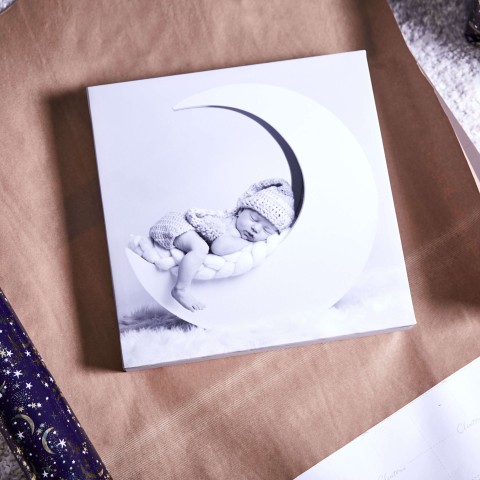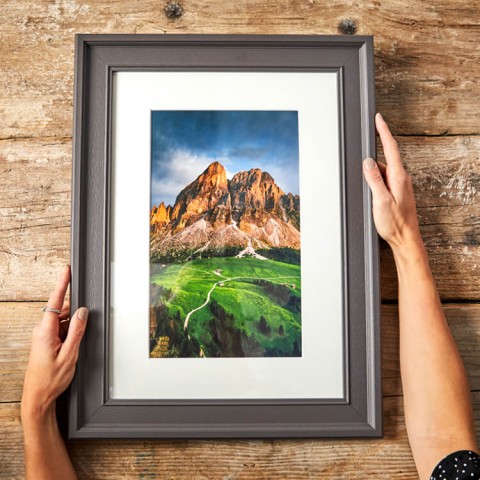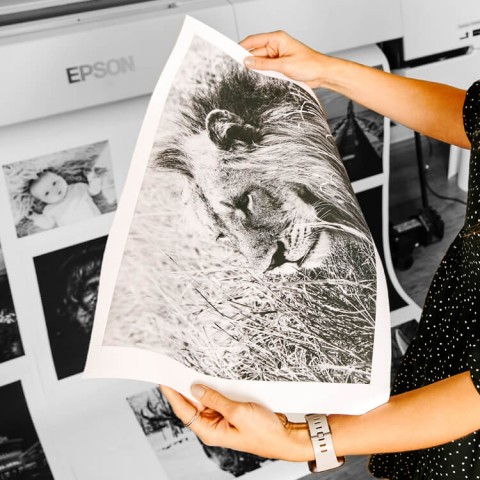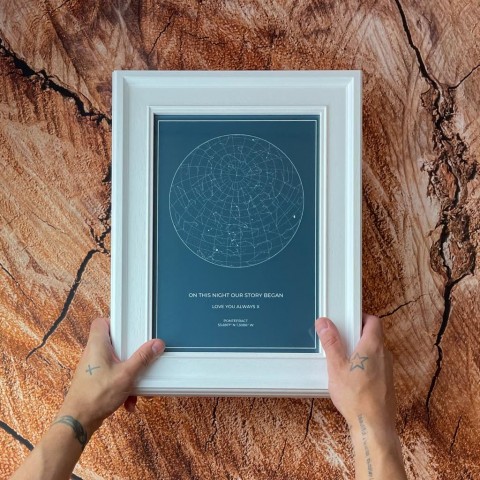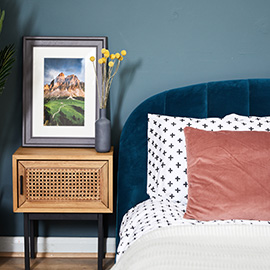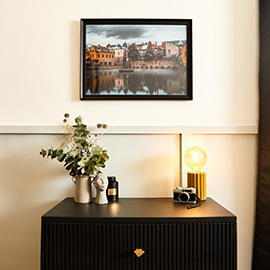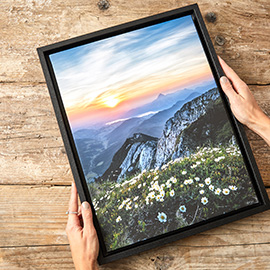So far in our series on macro photography we’ve discussed the essential gear you’ll need to give this fantastic genre a go, along with giving you a grounding in the basic techniques required to produce stellar results. This week we’ll introduce you to a method developed to overcome one of the most challenging issues you’re likely to face – limited depth of field (DoF).
The depth of field issue
Controlling depth of field – the area from front to back in an image that’s in focus – is a key creative aspect of photography, and you’ll soon find that when the lens-to-subject distance is as small as it is when shooting macro, you rarely have enough. This can cause issues if you’re shooting something like a beautiful butterfly or insect and you want it all in focus. Even choosing an aperture of f/32 will not provide adequate DoF with larger insects – not to mention the problem with loss of image quality due to diffraction.
Focus stacking
The answer to this conundrum is a technique known as focus stacking. Essentially, it involves taking multiple exposures at different focus distances whilst maintaining the same composition and digitally merging them. Sounds easy? It is, as long as you have patience and follow a few simple guidelines:
Use a quality tripod whenever possible
Use a flashgun with as large a diffuser as you comfortably can to equalize the light and ensure sharp images
Shoot at f/8 or thereabouts and merge more images to maximise image quality – don’t be tempted to take shortcuts with this step
Obviously, a tripod is of little use when chasing creepy critters around, which is where a diffused flash can be so useful. Many macro photographers use ring flashes, but they’re not essential. A speedlight fitted with a small softbox will do a great job of giving you lovely soft, even light. Shoot in manual mode, though, because it’s critical that your stacked exposures are identical to prevent post production anomalies.
Sleepy insects and deep stacks
On occasions it’s necessary to create what is known as a ‘deep stack’ where up to 80 images are merged together. This method is more likely when using a Canon MP-E 65mm f/2.8 macro lens with 5:1 magnification because the native DoF is tiny, but it also occurs if you add a Raynox magnifying lens to a macro lens. This can be incredibly frustrating when shooting insects because they don’t tend to hang around to model for you, but if you’re prepared to get out of bed early you’ll find they’re more likely to be a little sleepy.
Next time we’ll go show you how to put these images together in Photoshop or a stand-alone program.


